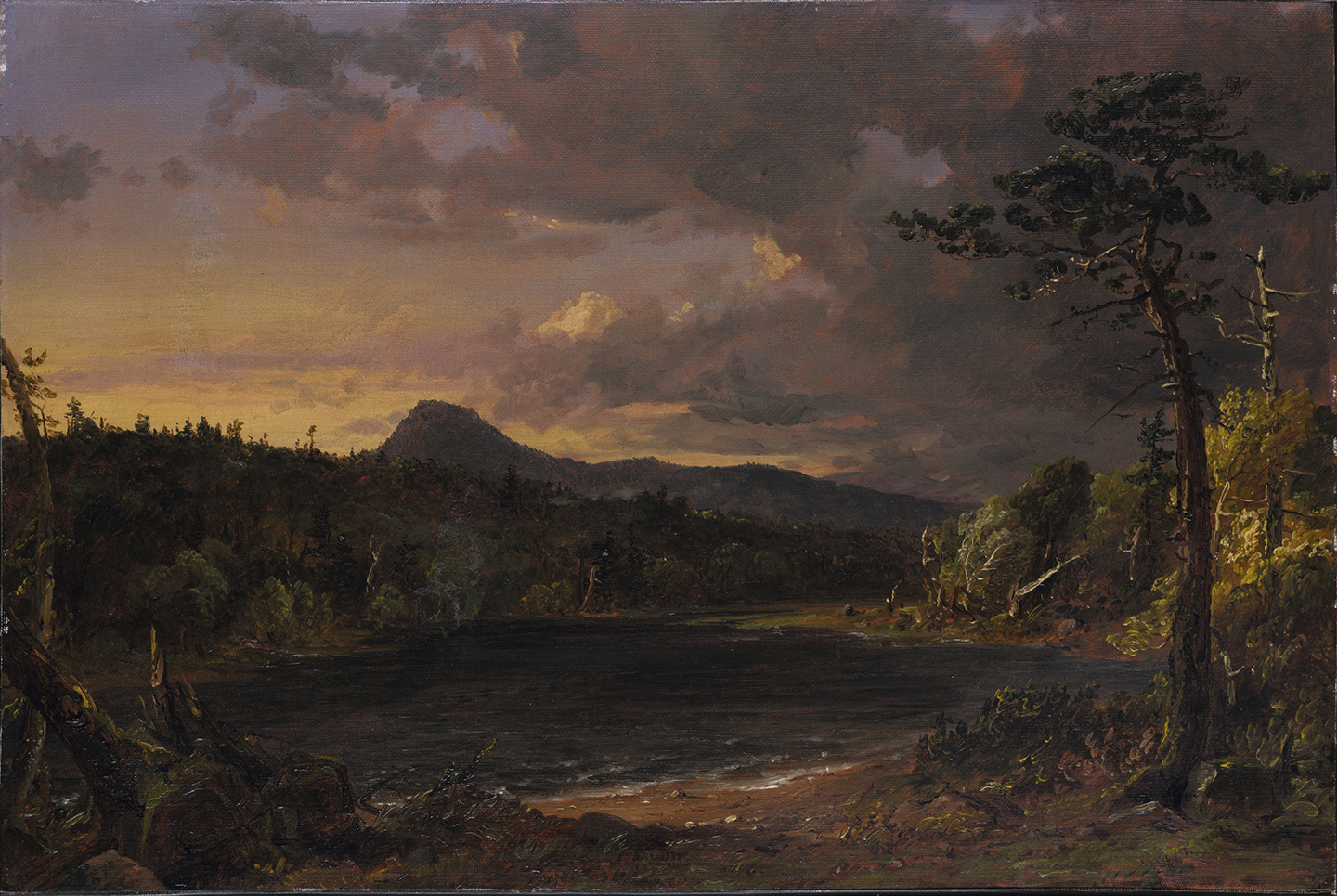Teeter (Nightboat Books, 2023).
Rafael, “Translation in Wartime,” talk at the University of Washington, January 31, 2008 →.
“Craig Taborn by Camille Norment,” BOMB, no. 152 (September 2020) →.
Rafael, Contracting Colonialism (Cornell University Press, 1993), and Motherless Tongues: The Insurgency of Language amid Wars of Translation (Duke University Press, 2016).
See →.
Garcia, Emergency: Reading the Popol Vuh in a Time of Crisis (University of Chicago Press, 2022).
Said, The World, the Text, and the Critic (Harvard University Press, 1983), 35.
Sheehi, “Theory as Stone.”
Miller, “Transformative Mimicry: Composition as Embodied Practice in Recent Works” (PhD diss., University of Huddersfield, UK, 2018).
Quicho, Small Gods: Perspectives on the Drone (Zer0 Books, 2021), 7.
Quicho, Small Gods, 4.
Berlant, interviewed by Maria Dimitrova, Tank, 2019 →.
Samuels and Porcello, “Listening,” in Keywords in Sound, ed. David Novak and Matt Sakakeeny (Duke University Press, 2015), 87.
Samuels and Porcello, “Listening,” 88.
LaBelle, “Room Tone,” SFMOMA website, October 2017 →.
Bee Reaved (Semiotext(e), 2021), 19.
105.
“Dodie Bellamy’s ‘Bee Reaved’ and Mia Hansen-Love’s ‘Bergman Island,’” October 14, 2021, in LARB Radio Hour →.
Rudent, “Against the ‘Grain of the Voice’: Studying the Voice in Songs,” trans. Jack Sims, Books and Ideas, July 6, 2020 →.
Smallwood, La Captive (Fireflies Press, 2024), 16.
“David Grubbs on Collaboration with Susan Howe,” ISSUE Project Room website, October 2013 →.
